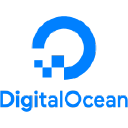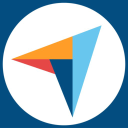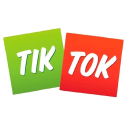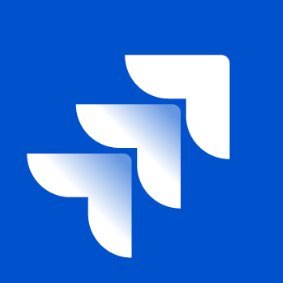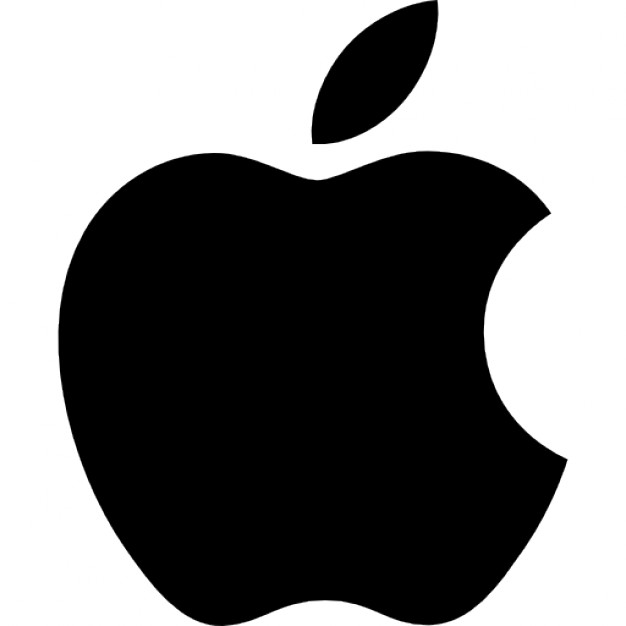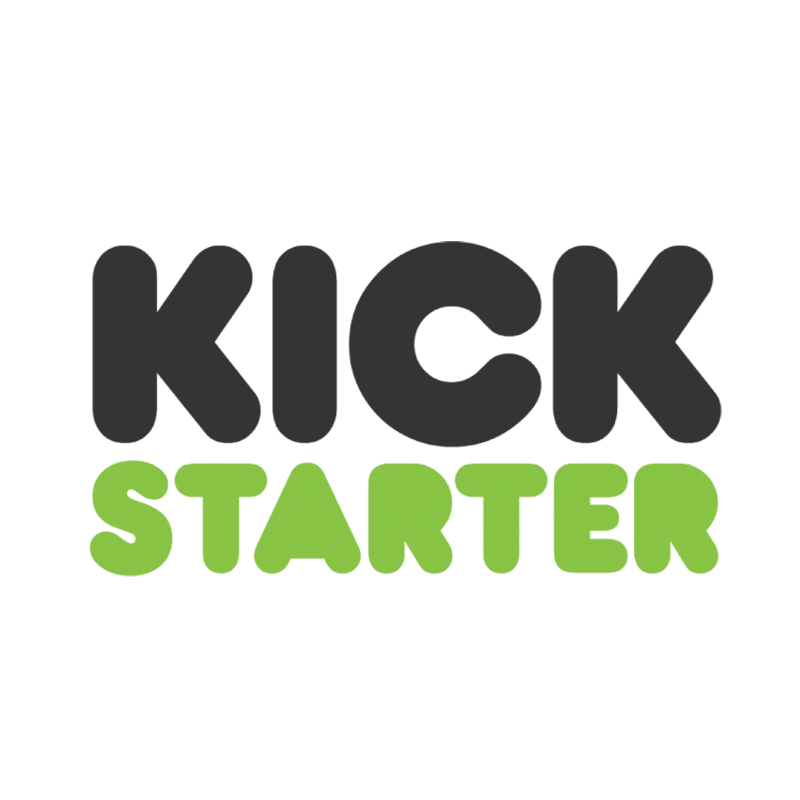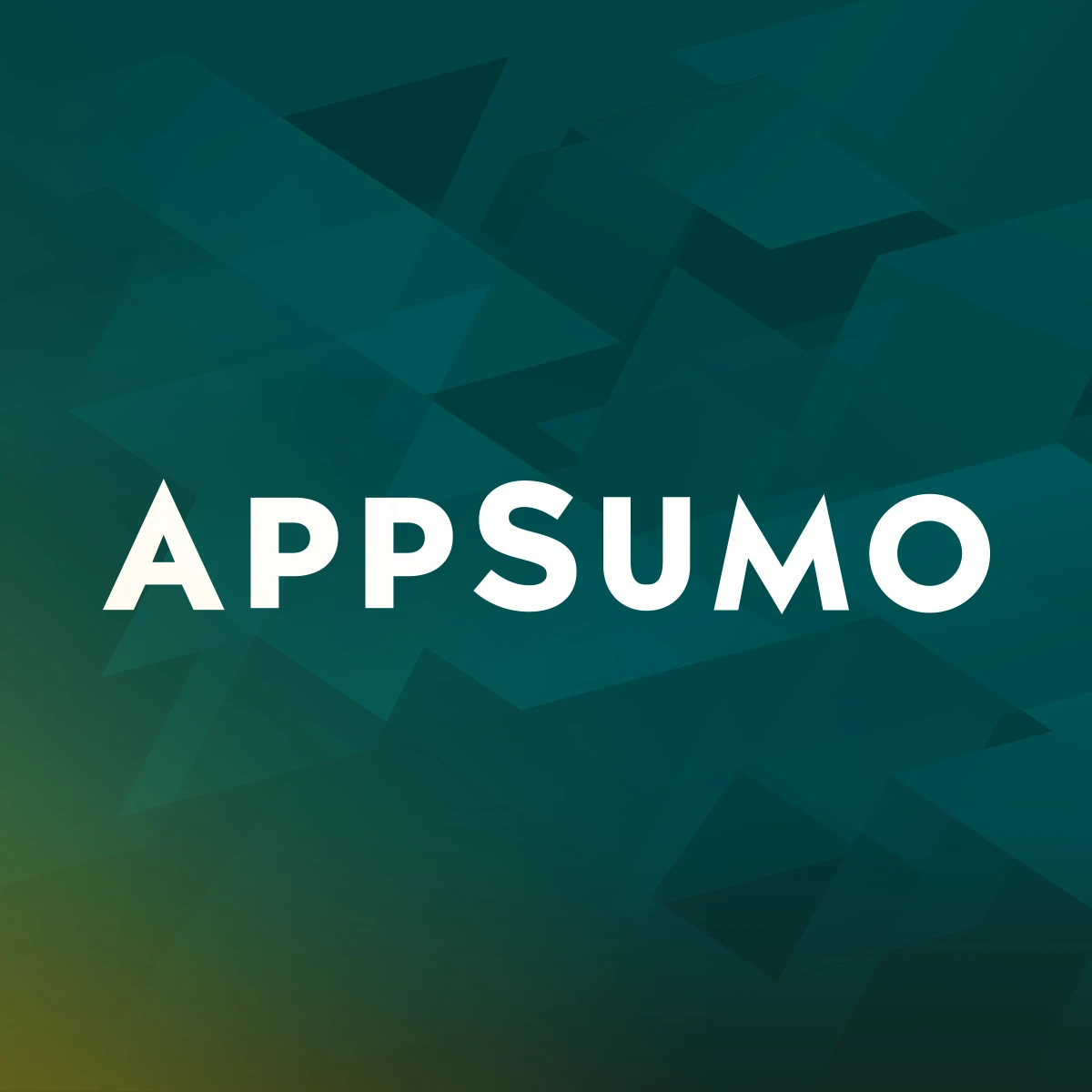How We Grew Our Video Editor Software To 100K Users And $20K/Month In Revenue
Note: This business is no longer running. It was started in 2022 and ended in 2025. Reason for closure: Shut down.
Hello! Who are you and what business did you start?
My name is Michael Moss, and I am the co-founder of NOVA A.I. I started my entrepreneurial journey when I was 21 with my first company, and already then I knew this was the way I wanted to go. Along the way, I took new chances - starting from scratch again with my company now.
Although I also have other interests on a personal plan, building a tech company is my biggest passion, and it’s what I invest most of my hours in every day.
NOVA A.I. is an online video editing platform that offers a growing selection of both basic and more advanced video editing tools accessible to everyone regardless of previous video editing experience. At the moment our most popular tool is the auto subtitle generator and translation of subtitles.
For enterprises and individual users per request, we also have an AI video analyzing program on our platform that helps video editors and content creators quickly search and log specific video footage or scenes for further use.
Our overall mission is to make video editing easy and automate it with AI, and our customers are anyone in need of creating and editing videos; from private individuals to...

Download the report and join our email newsletter packed with business ideas and money-making opportunities, backed by real-life case studies.

Download the report and join our email newsletter packed with business ideas and money-making opportunities, backed by real-life case studies.

Download the report and join our email newsletter packed with business ideas and money-making opportunities, backed by real-life case studies.

Download the report and join our email newsletter packed with business ideas and money-making opportunities, backed by real-life case studies.

Download the report and join our email newsletter packed with business ideas and money-making opportunities, backed by real-life case studies.

Download the report and join our email newsletter packed with business ideas and money-making opportunities, backed by real-life case studies.

Download the report and join our email newsletter packed with business ideas and money-making opportunities, backed by real-life case studies.

Download the report and join our email newsletter packed with business ideas and money-making opportunities, backed by real-life case studies.

